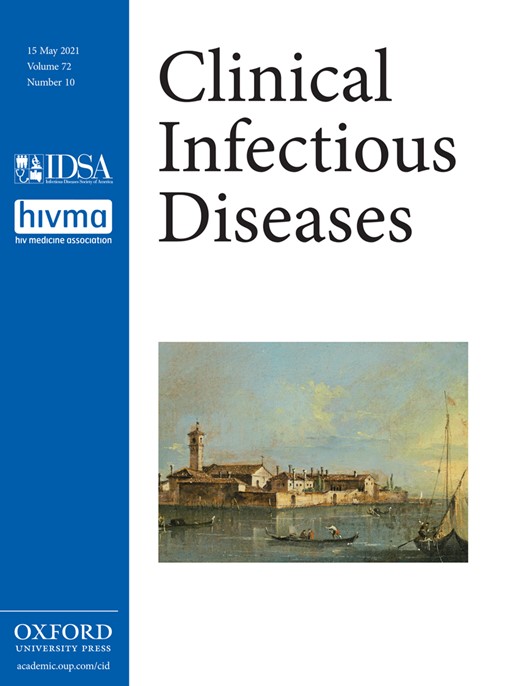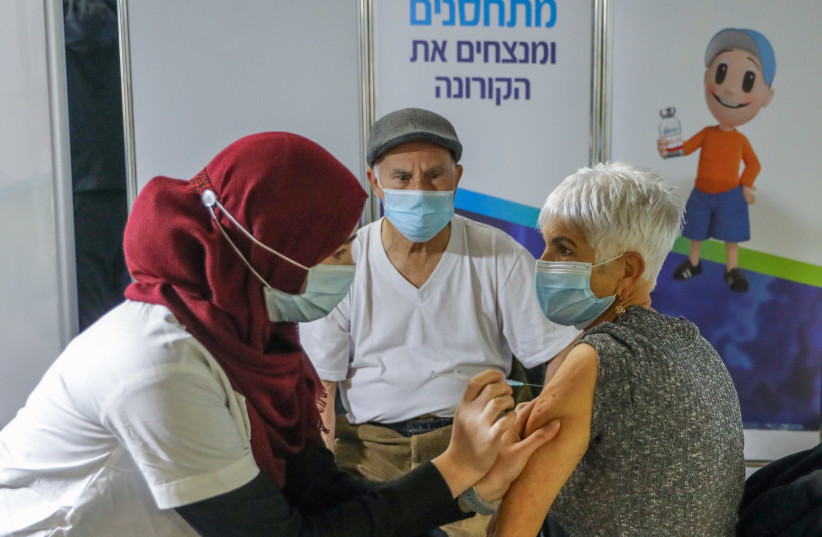Axillary Lymphadenopathy with Vaccines
Pfizer-BioNTech & Moderna can cause it
Pfizer-BioNTech & Moderna can cause it
Follow along with the video below to see how to install our site as a web app on your home screen.

Note: this_feature_currently_requires_accessing_site_using_safari



